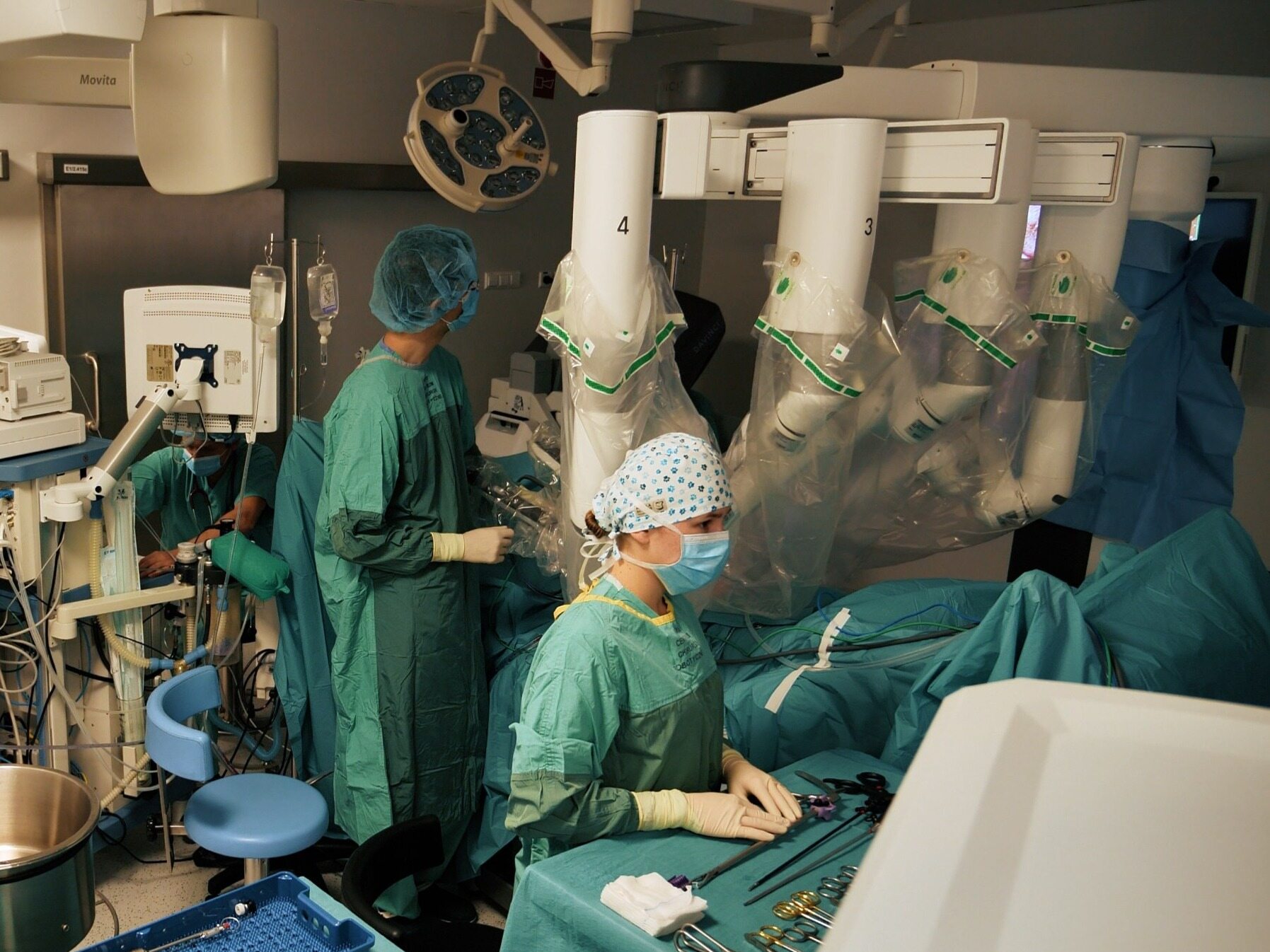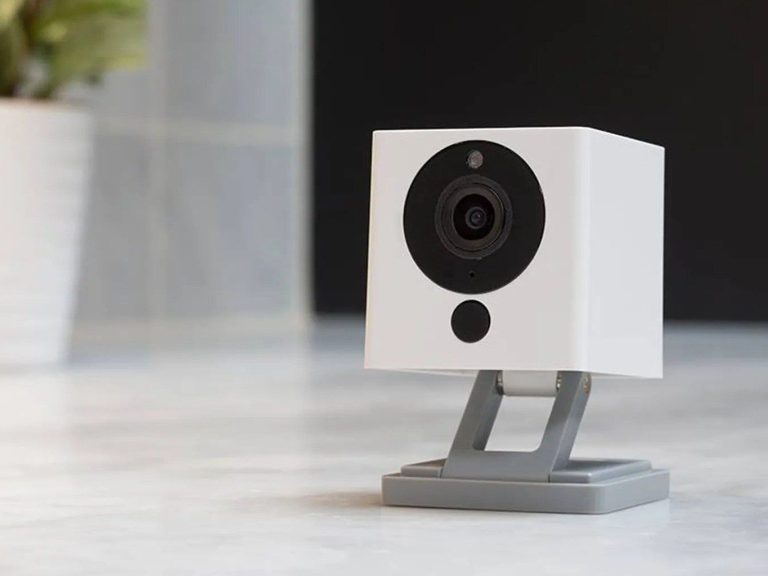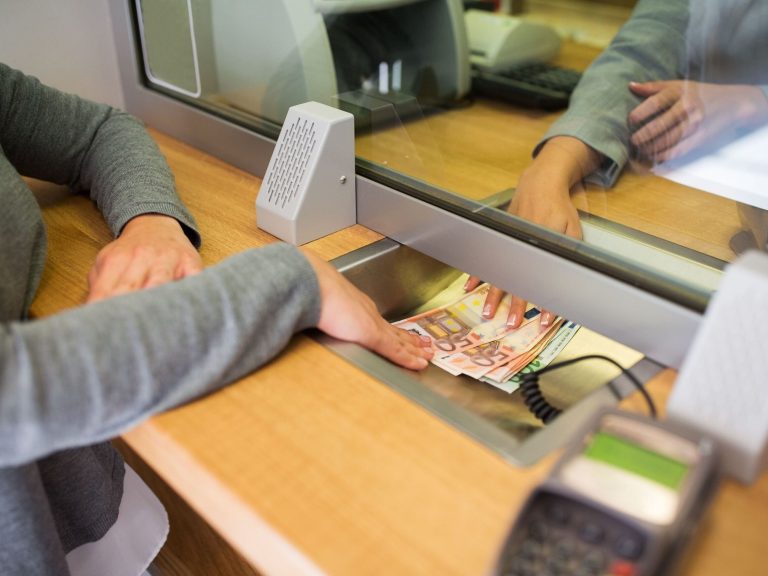They operate on patients using modern robots. “There is no turning back from robotics”

– We have virtually eliminated all the inconveniences experienced by surgeons during classic laparoscopy – says Lt. Col. Jacek Doniec, MD, PhD, to “Wprost”. The head of the Robotic Surgery Center at the Military Medical Institute showed us how surgeries are performed using modern da Vinci robots.
In October, as part of the “Science is a Polish specialty” series, we visited the Robotic Surgery Center operating at the Military Medical Institute – National Research Institute in Warsaw. There are two modern da Vinci robots enabling the performance of complex surgeries using minimally invasive techniques.
– This is a unique place in the entire hospital. We have two robots in two separate operating rooms – tells us the head of the Robotic Surgery Center, Lt. Col. Jacek Doniec, MD. –This is not a place assigned to one clinic. This place is practically assigned to the entire Institute. Each of the operators, i.e. surgeons operating the robots, can contact us with information that they have a patient they want to operate on robotically. We make an appointment on a given day, and the room with the robot is at his disposal – he explains.
Head of the Robotic Surgery Center: We are breaking new barriers
During our visit to the Robotic Surgery Center, procedures were performed in both operating rooms, which, while maintaining appropriate safety rules, we could film to show the readers of “Wprost” what surgery using modern robots looks like.
The robots owned by the Center are used for various types of operations.
– Our teams are interdisciplinary. We have virtually all specialties that can use a robot, i.e. maxillofacial surgery, laryngology, thyroid surgery… We perform procedures in the chest or pleural cavity, esophageal resections, esophageal surgery, cardiac surgery… – he mentions Dr. Donets. – In the abdominal cavity, we have practically a whole spectrum of possibilities to perform single, as well as interdisciplinary, multi-team procedures. These include liver pancreas procedures, pelvic procedures – prostate resection, colon resection and gynecological surgeries – he adds.
The clinic manager does not hide his satisfaction with his team. – I am lucky to work in a team consisting of enthusiasts. I’m passionate about robotics. People who can use what is most beautiful about this robot, who can use its capabilities to save people – he emphasizes. – Colleagues, while working on the robot, perform operations that they would not normally perform. We break new barriers and sometimes overcome ourselves, he points out.
“The advantages of using a robot for the patient result from the advantages for the operator”
The head of the Robotic Surgery Center pointed out the advantages of using robots. – The advantages of using a robot actually result from the advantages for the operator. The point is that the operator has at his disposal tools that have greater dexterity than the human hand, he has a still and three-dimensional image at a very high magnification, about 10 times. While sitting at the console, the operator experiences the phenomenon of immersion, as if he were not standing in front of the monitor but were inside the peritoneal cavity. In addition, if we add a comfortable, ergonomic position, the operator does not get tired and the effect of shaking hands is eliminated. It all comes down to the fact that the procedure takes place in completely different conditions – says Dr. Jacek Doniec.
And it is the comfort for the operator that influences positive results for patients.
– An operator who works in comfortable conditions, with the best tools, and in excellent visualization resolution, can perform this procedure extremely precisely. This procedure is performed exactly as the operator wishes from start to finish. The benefits for the patient result from the fact that we have virtually eliminated all the inconveniences that the operator had during classic laparoscopy – explains the head of the Center. – When it comes to tangible benefits for the patient, it is proven that this precision and perfection of tools and visualization results in less blood loss. It also turns out that during robotic surgery, the tools adapt to the organ we are operating on. In laparoscopy or classic surgery, we have to adapt the organ to the tools. Hence, in operations using robots, there is less tissue traumatization, which results in the patient recovering faster – he adds.
– It has been proven that we have a significant improvement in the length of the patient’s stay, i.e., in short, the patient stays in the hospital for a shorter time compared to open surgeries – says Lt. Col. Tomasz Syryło, MD, PhD, a urology specialist who performed one of the the operation we witnessed. – Of particular importance is the reduced number of complications related primarily to the length of stay, blood flow and wound infections. And what interests patients the most is that surgery using a robot is the most accurate and thus contributes to increasing comfort and improving the quality of life of patients – he emphasizes.
As Dr. Doniec points out, the benefits of performing a robotic procedure can be felt in almost every laparoscopic or endoscopic procedure. – Unfortunately, economic reasons mean that not every procedure is performed using the robotic method. Of course, there are also some procedures that we cannot perform laparoscopically, and then the robot shows its advantage. But whether a given procedure is performed robotically or laparoscopically depends on economic reasons, he points out.
“There is no turning back from robotics”
The Center also includes the Robotic Surgery Training Center. – The training we provide is intended to teach how to use the equipment, i.e. how to operate the da Vinci robot. These are separate training courses for operators, separate training for assistants, and separate training for instrument players, says Dr. Doniec. – We also organize further training and workshops with the participation of foreign guests. Now we are planning workshops with the participation of an operator from the United States, which will be attended by participants from practically all of Central and Eastern Europe. We will exchange experiences and try to develop a model of working on a robot, he announces.
When asked about the future of hospital robotization in Poland, Dr. Doniec said that for now it is chaotic and the purchase of robots is not always economically well-thought-out. In his opinion, a well-developed plan for the development of this method is needed, which would bring the most benefits to patients.
– There is no turning back from robotics. Robotics must follow. In a few years, we will no longer perform classic laparoscopic procedures, we will only perform robotic procedures. We have fewer and fewer surgeons, so if they work in comfort, they will work longer. These are only benefits for medicine. There is no turning back from robotics, but it is important that it is introduced in an organized manner, emphasizes Dr. Doniec.
The head of the Robotic Surgery Center also indicated what he thinks the future of robots in surgery will look like.
– The robot does not have one very important feature, it does not have virtual haptics, i.e. feedback. The operator sees what he is doing, but does not feel it. Personally, because I have performed many procedures, I know how the operated organ behaves to the touch and I can imagine it. I know that I can touch a given tissue in a specific way and in a specific place. But I don’t have any feeling because I’m touching the painting. And there will be no development of artificial intelligence in this area until there is haptics. But once this feedback appears, the robot will have information about what organ it is and what it is doing, then the artificial intelligence itself will start developing algorithms, it will tell us the best move, the best access route, it will tell us where to cut. This will be a breakthrough in robotic surgeries, says Dr. Doniec. – For now, I think it is at the laboratory stage, but when we see that autonomous cars will start driving themselves on the roads, we will also hear that a robot with artificial intelligence has been developed, and we will only inform it what needs to be cut, and it will , of course under our control from start to finish, will do it – he adds.
The doctor points out that certain activities are slowly being patented. – But these are individual activities, making a given seam, tying a thread. Theoretically, robots can do this themselves, but they are not yet able to put together a procedure from these blocks. When there is haptics, I think this last element will be fine-tuned and at that point the artificial intelligence, having this feedback, will develop the most advantageous algorithm for us – he points out.
However, Dr. Doniec emphasizes one thing strongly. – Even if artificial intelligence actually entered robots, I guarantee that there will always be an operator who will control it from beginning to end. It will have a button that will allow you to turn off the robot at any time and easily take control of it and complete the operation – assures the doctor.






